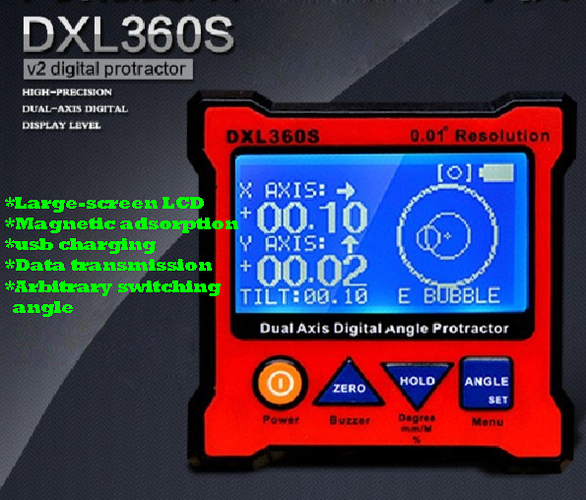I use and recommend the Craftsman level linked below. I’ve checked mine against two others just like it and all three measured exactly the same. I always level on the playfield. First between the flippers, then as high on the playfield as possible. Between the flippers, you can usually rest the level on the two inlane guide.
I know some suggest to only use straight lines on the playfield, but I don’t have any trouble eyeballing it. Any time I adjust a leveler, I give the game a good shove to get all four legs seated properly, then remeasure. I basically take two measurements each time. Measure once, reposition level, measure again. The measurement will often change by .1 or .2 degrees, but that’s an imperceptible difference.
Older playfields can be all over the place. My Taxi playfield was like a roller coaster. In those cases, you get it as close as you can using the level, then make adjustments as needed based on how the game plays. The newer the game, the less likely your playfield is warped.
Whatever the game, always start with both front levelers screwed all the way up. At least one of the front levelers should still be screwed all the way up when you’re done. This gives the game more stability. When I see games with all four levelers extended, that suggests to me that whomever leveled it last doesn’t know how to do it properly. Don’t be that guy. d;^)
As mentioned above, some games need to be slightly not level. AC/DC SDTM drain out of the pops is one case where sometimes you need a little lean. Up to about .3 degrees lean, no one is going to notice. Don’t tell them and they won’t blame their bad balls on your leaning game. Every floor is different just like every game is different. Perfectly level may work in the garage, but not in the house.
Always measure pitch between the flippers. On many games, the higher up you go on the playfield, the steeper the pitch gets. Factory installed bubble levels (never trust them) are always installed at about the same level as the flippers. That’s where you want to measure.
http://www.sears.com/craftsman-digital-torpedo-level/p-00948295000P



